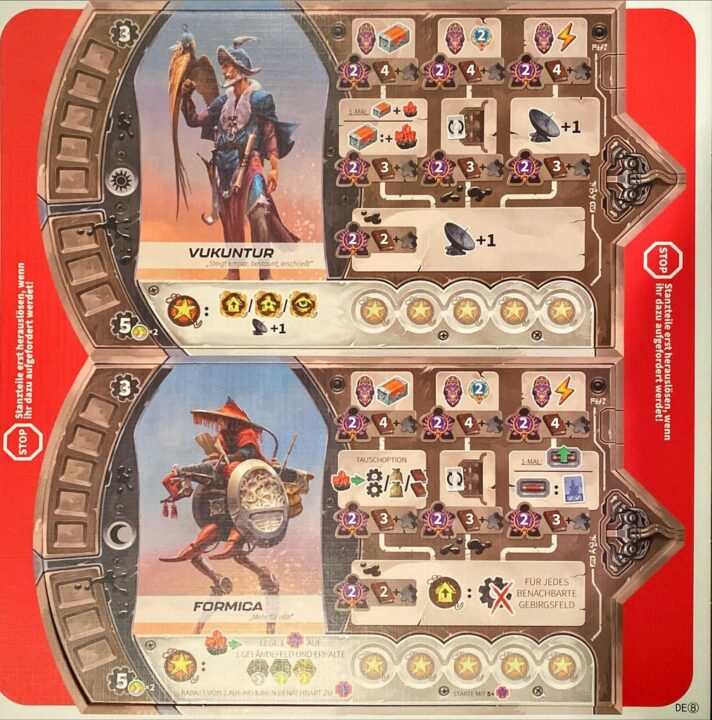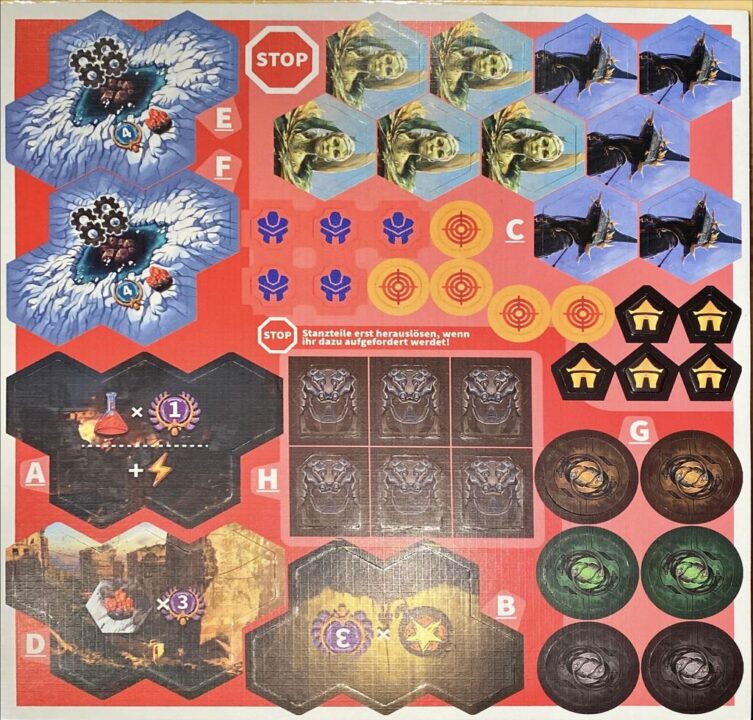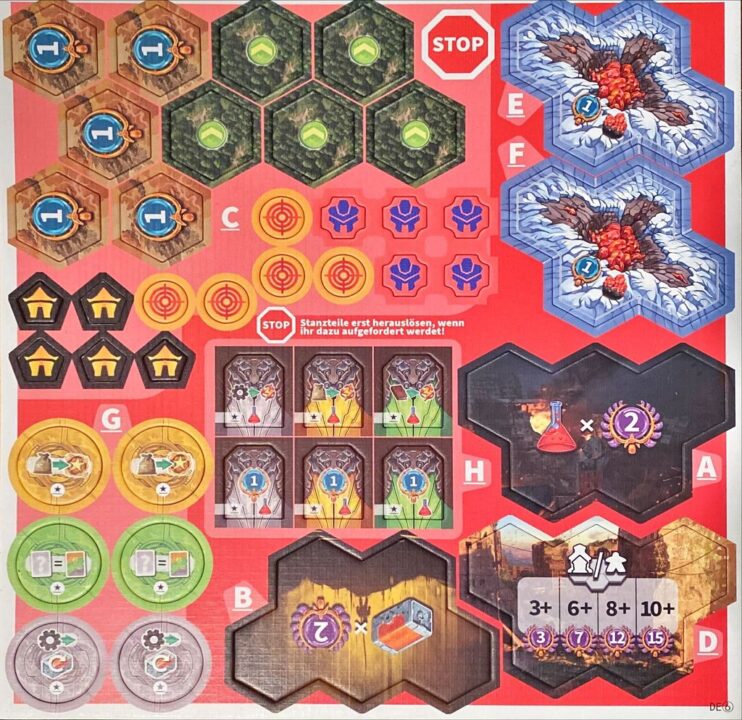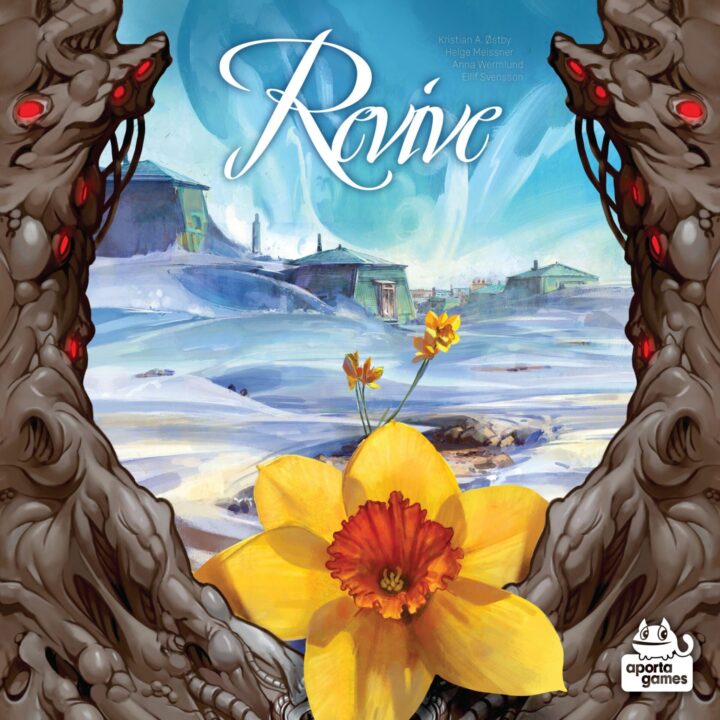Overview
Welcome to the intricacies and charm of ‘Revive,’ where the essence of our gameplay review beckons. As we dive into this review, strategies unfold not just on the board but within the web of player dynamics that brings this game to life. We relish in deciphering the broad strokes laid out in Revive’s rulebook, analyzing how well they meld function with fun. Revelations come not only from the richness of its strategic depth but also from the interactions it births among friends and fellow gamers. Stay tuned to uncover how Revive deftly manages to wield its Adaptive Ecosystem Restoration Mechanics, Dynamic Player Interaction, and Strategic Resource Management into an dance of intellect and sociability. Join us as we unpack how these factors contribute uniquely to the gaming experience.
How It Plays
Welcome to the world of Revive, a game where players become guardians of a vibrant ecosystem, rejuvenating the forgotten wilds. If you’re looking for a quick dive into the essence of Revive before plunging into the depths of my detailed analysis, here’s a bird’s-eye view of the basic flow. From setup to triumphant revival, let’s explore the essentials of gameplay.
Setting Up
Before commencing your journey to restoration, players will need to lay the groundwork. Set up begins with a board representing the bleak tableau of nature needing care. Players choose their roles and are allocated their starting riches—seeds, saplings, and bits of life’s essence to distribute and prosper.
Gameplay
The heart of Revive beats during the gameplay phase. Turn by delicious turn, regulate the resuscitation of nature’s tapestry. Your actions can stitch greenery back to barren earth. It’s about making critical choices, as every action hinges on resources presently in hand and those you aim to cultivate. Shifts of strategy requisite to adapt to the ever-changing settlements evolving on the board.
Winning the Game
To end the restoration and crown the keeper of life, attainment comes to the sagacious. Winning hinges on precisely balanced endeavors—expand territories, conserve resources, and nurture biodiversity. Hoisted by each decision, the victor is announced when nature’s melody sings loudest from their dominion—the true Revive champion.
Want to know more? Read our extensive strategy guide for Revive.
The Intricacies of Adaptive Ecosystem Restoration
In the board game landscape, ‘Revive’ presents a refreshing challenge with its adaptive ecosystem restoration mechanics. It’s a domain seemingly straightforward but deeply strategic—each player’s choices ripple across the game board, emulating the complex balance of real-world habitats. Not only does this element profoundly engage, but it inevitably endears ‘Revive Review’ enthusiasts due to its unforeseen depth.
Strategic Decisions & Balanced Ecosystems
Firstly, let’s talk strategic diversity. In ‘Revive’, players are continuously processing which species or biomes to rejuvenate. Choosing wisely can mean a flourishing tableau but poor choices can lead to imbalance. The compelling nature of this mechanic lies in the variability of outcomes. Skillfully restoring a diverse ecosystem is often the cornerstone of success. Moreover, reaching for balance subtly encapsulates a genuine respect for nature’s intricacies.
Engagement Through Challenge
Secondly, facilitating player engagement is the incremental challenges the game imposes. The adaptive mechanic scales with the gameplay progress, amplifying both the challenges and the rewards. Astute players must anticipate and adjust to a dynamic environment, heightening the thrill of play. There’s no dull moment; the mechanic ensures a game full of twists and delightful quandaries.
As we observe the ebb and flow of our carefully nurtured ecosystems, it sets the perfect stage to delve into dynamic player interaction—one emblematic facet ‘Revive’ astutely brings the next.

The Heartbeat of Revive: Dynamic Player Interaction
In my deep dive into various board games, few hold a candle to the robust engagement facilitated by Revive. Central to the Revive Review is the captivating dance of Dynamics Player Interaction that brings the board to life. This game requires players to be in constant verbal and strategic communion, leading often to alliances as fragile as they are necessary.
The Chess of Communication
Players are not islands; instead, many scenarios in Revive nudge competitors towards negotiation and cooperation more than others. Moreover, with each move, you’re perpetually recalibrating your relationship with others; it’s interactive storytelling with a competitive edge. Notably, as territories ebb and flow with players’ fortunes, one must constantly adapt. Here, the verbal Sparring becomes just as crucial as the tactical maneuvering on the board.
Coalitions and Betrayals
Additionally, these shifting sands of power make for bedfellows as uneasy as they are temporary. At times, success in Revive may hinge on an opportunistic pivot in allegiances, treated almost as a resource to be traded. This results in a dynamic tableau of team-ups and treacheries that’s as unpredictable as it is enthralling. No session ends as it begins, guaranteeing a fresh narrative every time. Subsequently, this dynamic deeply influences the Strategic Resource Management, another critical aspect of the game that I’ll address next.

Mastering the Art of Allocation in ‘Revive’
In ‘Revive,’ the sophistication of resource management goes hand-in-hand with the success of players – a point that our Revive Review pays close attention to. Balancing resource collection and deployment is not just necessary, it’s a core mechanic that invites a deeply thought-provoking gaming experience. Moreover, resources in Revive double as a currency and also a way to gauge progression, cleverly intertwining economic strategy with player growth.
Optimizing Resources
Every playthrough pushes players to calculate the optimal use of their assets. Newcomers might feel daunted at first, but quickly learn that these decisions ripple through the game, affecting not just their ecosystem but also negotiations with opponents. Indeed, allocating your resources in ‘Revive’ feels as crucial as knowing when to hold or play a card in poker.
Long-term Strategy Pays Off
Consistency and adaptability are key in ‘Revive.’ Players who craft and adhere to a robust long-term strategy tend to fare well, yet must remain nimble to respond to the ebb and flow of the game’s dynamics. As I reflect in our Revive Review, it’s this melding of planning and adaptiveness that offers a challenging yet satisfying hurdle to gamers. Whether it’s reviving a barren wasteland or bargaining for a critical resource tile, your mind is always racing.
In conclusion, is ‘Revive’ worth the investment of your time and brainpower? Absolutely. The depth of its strategic resource management is a board gamer’s dream – challenging, enigmatic, and immensely rewarding.

Conclusion
As we bring our deep-dive into the nuances of Revive to a close, this conclusion isn’t just the end of a review but a new beginning for players intrigued by its strategic sophistication. Whether it’s the meticulous orchestration of the adaptive ecosystem, the lively pulse of player interactions, or the razor-edge decisions in resource management, Revive stands out as a game that demands attention and critical thinking. These layers of strategic gameplay sewn together make for an experience that feels both innovative and familiar. Word of advice? Take your time to absorb the rules before diving in; the depth of Revive is best appreciated in the deliberate unfolding of its mechanics. Revive isn’t just a game, it’s a journey—one that sets a high bar for board game enthusiasts looking to revive their game nights with a fresh challenge.


